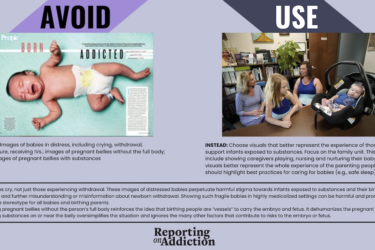
People on average are living longer, overall. However, a pair of recent reports from the Organisation for Economic Co-operation and Development (OECD) offers a closer look at the reasons for this improvement, including long-known disparities among groups that lead certain populations not to do as well.
Life expectancy in 2017 has risen 1.7 years since 2005 for the average person, according to a recent report by the Organisation for Economic Co-operation and Development (OECD).
But behind that statistic, published in the group’s How’s Life 2017 report, lies a host of inequities that show significant disparities across the globe in the wake of the 2007-2009 Great Recession.
The findings also note the impact of social isolation and an overall poorer outlook on life, with fewer people saying they can rely on friends or family. On average, residents of OECD countries report lower “life satisfaction.”
Study analysts looked at educational attainment, earnings, wealth and poverty to paint a picture of people’s overall well-being in various countries in the report, part of the international organization’s Better Life initiative, which measures well-being and progress.
“Differences in people’s well-being within OECD countries go well beyond the divides between rich and poor. Fault lines of inequality exist in many aspects of people’s lives and among many groups of people.”
That includes migrants and the state of their health as compared to countries’ native populations.
“Migrants are less likely to report good health, to say they have someone to count on when in need, and to be satisfied with their lives than the native-born,” according to OECD staff, adding that immigrants also are “more likely to live in inadequate housing, to work anti-social hours and to feel depressed.”
Another recent OECD report looked at what’s behind average increasing life expectancies, noting that smoking rates continue to decline in member countries while health care quality also is improving. The report, Health at a Glance 2017, notes where gains could be made by better use of resources, such as increased use of generic medications and measures to reduce air pollution. It also said more could be done to address obesity and alcohol use.
Reporters assessing this past year with an eye on 2018 stories could find some inspiration in both data sets, comparing them to the status of their readership areas. How are hospital admissions faring? How do deaths from heart disease or breast cancer look compare with the OECD average? Is health spending per capita in your area rising or falling?






